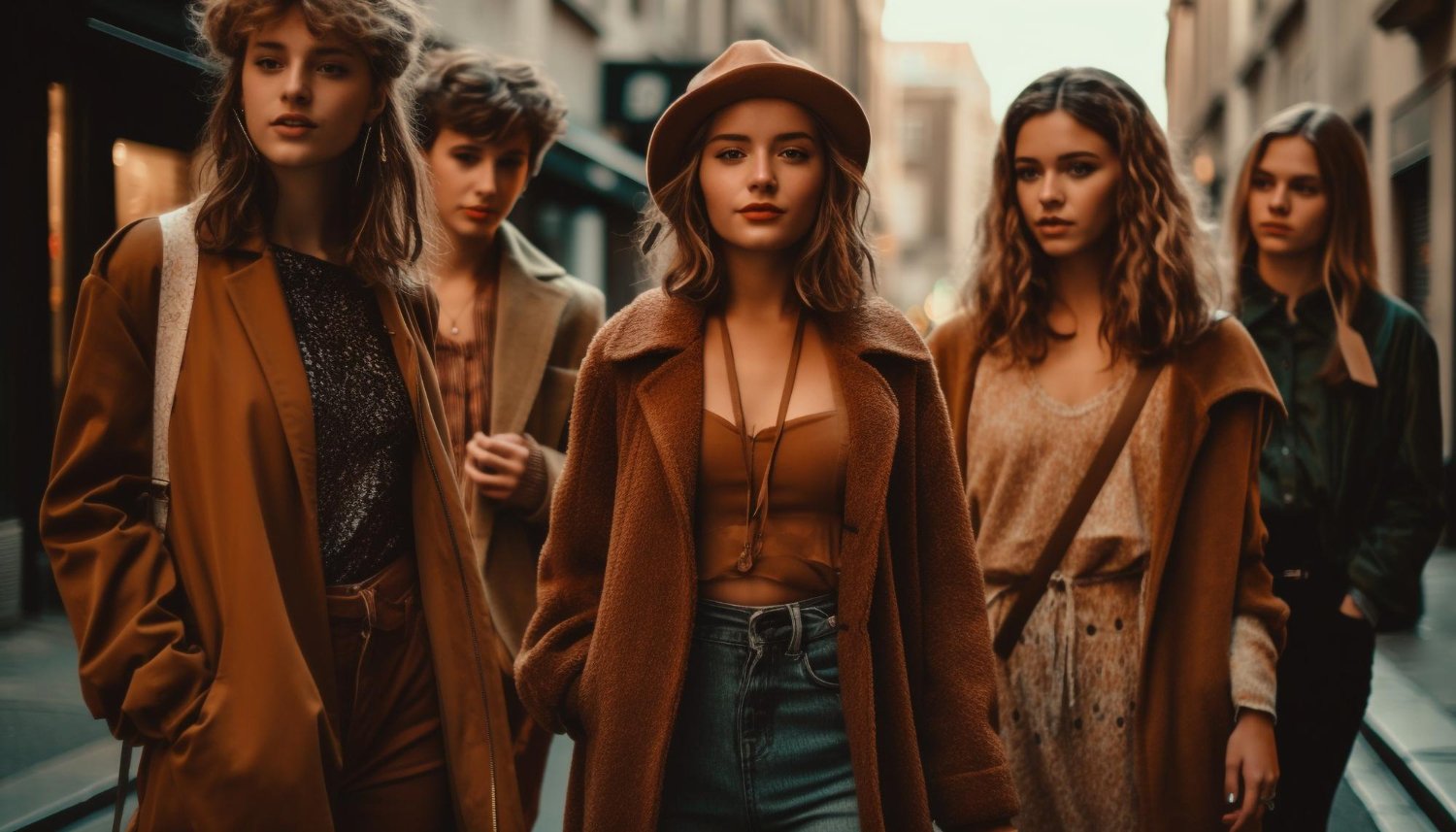What is High Fashion?
High fashion, also known as haute couture, refers to the creation and production of exclusive, luxurious, and innovative clothing and accessories. It represents the pinnacle of creativity, craftsmanship, and artistry in the fashion industry. High fashion garments are meticulously crafted using the finest materials and are often handmade by skilled artisans.
High fashion is typically associated with renowned fashion houses and designers who set the trends and push the boundaries of style. These designers create unique and avant-garde pieces that are not only meant to be worn but also to make a statement and challenge conventional fashion norms.
High fashion is characterized by its exclusivity and limited availability. The garments and accessories produced are often one-of-a-kind or produced in very limited quantities, making them highly coveted by fashion enthusiasts and collectors. They are typically sold at high-end boutiques or through private appointments.
In addition to clothing, high fashion also extends to accessories, including shoes, handbags, jewelry, and even fragrances. These accessories are designed to complement and enhance the overall high fashion look and are often crafted with the same level of attention to detail and quality as the garments.
The History of High Fashion
The concept of high fashion can be traced back to the mid-19th century when Charles Frederick Worth, an English-born fashion designer, established the first haute couture house in Paris. Worth’s designs were known for their exquisite craftsmanship and attention to detail, which quickly gained him recognition and popularity among the elite.
During the early 20th century, other prominent fashion designers such as Coco Chanel, Christian Dior, and Elsa Schiaparelli emerged, further solidifying the status of high fashion. These designers revolutionized the industry with their innovative designs and iconic creations, setting the stage for the high fashion industry as we know it today.
High fashion gained international recognition and prominence in the post-World War II era, with Paris becoming the fashion capital of the world. The city became a hub for fashion shows, attracting buyers, journalists, and fashion enthusiasts from around the globe. High fashion became synonymous with luxury, glamour, and sophistication.
The Significance of High Fashion
High fashion plays a crucial role in shaping and influencing the fashion industry as a whole. While high fashion garments themselves may not be accessible to the general public, they serve as a source of inspiration for other designers and brands. Trends and ideas that originate in high fashion often trickle down to mass-market fashion, influencing the designs and styles available to a wider audience.
High fashion also serves as a form of self-expression and art. Designers use their creations to make social and cultural statements, pushing boundaries and challenging societal norms. High fashion shows are often extravagant and theatrical, showcasing not only the garments but also the designer’s vision and creativity.
Furthermore, high fashion has a significant impact on the economy. The industry generates billions of dollars each year and provides employment opportunities for a vast number of people, from designers and artisans to models, photographers, and stylists. High fashion events, such as fashion weeks, attract tourists and boost local economies.
The Future of High Fashion
The high fashion industry is constantly evolving and adapting to the changing landscape of the fashion world. With the rise of social media and online platforms, designers have new avenues to showcase their creations and reach a global audience.
There is also a growing emphasis on sustainability and ethical practices within the high fashion industry. Many designers are incorporating eco-friendly materials and production methods into their collections, as well as championing fair labor practices. This shift towards sustainability reflects the changing values and concerns of consumers.
As fashion becomes more inclusive and diverse, high fashion is also embracing this change. Designers are increasingly showcasing a wider range of body types, ethnicities, and genders on the runway, challenging traditional beauty standards and promoting inclusivity.
In conclusion, high fashion represents the epitome of creativity, craftsmanship, and luxury in the fashion industry. It sets the trends, inspires other designers, and serves as a form of artistic expression. While high fashion may not be accessible to everyone, its influence can be felt throughout the fashion world, shaping the way we perceive and consume fashion.


